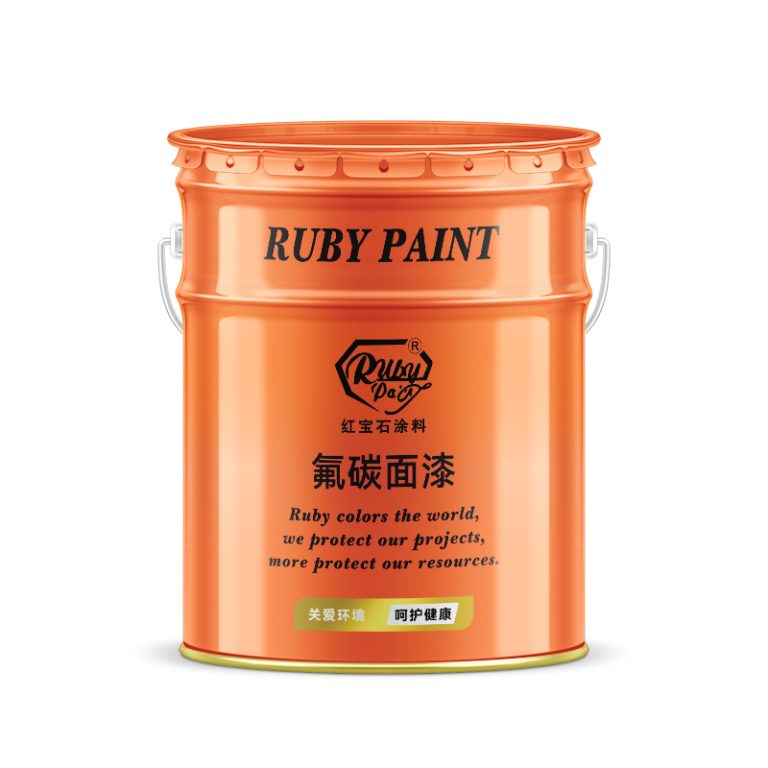Table of Contents
إحداث ثورة في المساحات الصناعية: أحدث الاتجاهات في الطلاء الصناعي
الدليل النهائي لاختيار الطلاء الصناعي المناسب لمشروعك
[تضمين]https://youtu.be/kCkCI75Qvv8[/embed]
بمجرد تطبيق الطلاء، تعد المعالجة والصيانة المناسبة أمرًا ضروريًا لتحقيق أقصى قدر من الأداء وطول العمر. اتبع توصيات الشركة المصنعة فيما يتعلق بوقت المعالجة والظروف البيئية لضمان شفاء الطلاء بالكامل وتحقيق خصائصه المقصودة. قم بتنفيذ جدول صيانة منتظم، بما في ذلك عمليات الفحص واللمسات النهائية حسب الحاجة، للحفاظ على سلامة السطح المطلي بمرور الوقت.
في الختام، يتطلب اختيار الطلاء الصناعي المناسب لمشروعك دراسة متأنية لعوامل مختلفة، بما في ذلك المتانة والتطبيق الطريقة والفعالية من حيث التكلفة والامتثال التنظيمي والتفضيلات الجمالية. ومن خلال فهم هذه الاعتبارات الرئيسية واختيار تركيبة الطلاء المناسبة، يمكنك تحقيق حماية دائمة وتعزيز جمالي للأسطح الصناعية الخاصة بك.
First and foremost, it is essential to assess the specific requirements of your project. Consider the environmental conditions, surface type, and intended use of the painted surface. Factors such as exposure to harsh chemicals, extreme temperatures, or outdoor elements will influence the type of industrial paint needed. Additionally, the substrate material, whether metal, concrete, or wood, will dictate the compatibility and adhesion of the paint.
When evaluating industrial paint options, durability and longevity are paramount. Look for paints that offer superior resistance to corrosion, abrasion, and UV radiation. High-performance coatings such as epoxy, polyurethane, and fluoropolymer provide exceptional durability and are suitable for demanding industrial applications.
Furthermore, consider the application method and drying time required for the paint. Depending on the project scale and timeline, you may opt for paints that can be applied using spray, brush, or roller techniques. Additionally, fast-drying formulations can expedite the painting process and minimize downtime, especially in time-sensitive projects.
Cost-effectiveness is another crucial factor to consider when choosing industrial paint. While high-quality paints may come with a higher initial cost, they often offer long-term savings through reduced maintenance and extended service life. Evaluate the overall lifecycle cost of the paint, including surface preparation, application, and maintenance expenses, to make an informed decision.
Moreover, compliance with regulatory standards and environmental considerations should not be overlooked. Choose paints that meet industry-specific regulations, such as VOC (volatile organic compound) limits and environmental impact guidelines. Opting for eco-friendly and low-VOC formulations not only reduces environmental footprint but also ensures a safer working environment for personnel.
Color and finish options play a significant role in achieving the desired aesthetic appeal for your project. Whether you require a glossy, matte, or textured finish, industrial paints offer a wide range of customization options to suit your preferences. Additionally, some paints are available in a variety of colors, allowing for seamless integration with existing design schemes or corporate branding requirements.
In addition to the paint itself, proper surface preparation is crucial for achieving optimal results. Thoroughly clean and degrease the surface to remove any contaminants that may affect adhesion. Depending on the substrate condition, mechanical abrasion or chemical etching may be necessary to promote paint adhesion and longevity.

Once the paint is applied, proper curing and maintenance are essential to maximize performance and longevity. Follow manufacturer recommendations regarding curing time and environmental conditions to ensure the paint fully cures and achieves its intended properties. Implement a regular maintenance schedule, including inspections and touch-ups as needed, to preserve the integrity of the painted surface over time.
In conclusion, choosing the right industrial paint for your project requires careful consideration of various factors, including durability, application method, cost-effectiveness, regulatory compliance, and aesthetic preferences. By understanding these key considerations and selecting the appropriate paint formulation, you can achieve lasting protection and aesthetic enhancement for your industrial surfaces.






